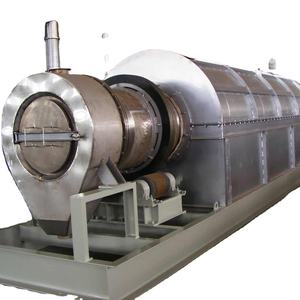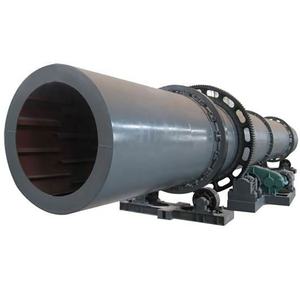As a mechanical engineer, I have been fascinated by the industry that produces oil and gas for many years. The sector’s heavy machinery plays a crucial role in its success, and an examination of these machines can provide valuable insights into their design, operation, and history.
(An Examination of Heavy Machinery Utilized within the Oil and Gas Sector: A Historical Perspective)
The oil and gas industry has always relied heavily on heavy machinery to extract and transport crude oil and natural gas from underground reservoirs. These machines are designed to withstand harsh environmental conditions, such as high temperatures, pressure, and corrosive fluids, while also operating at high speeds. Some examples of commonly used heavy machinery in the oil and gas sector include drilling rigs, pumping trucks, and extraction vessels.
One of the most significant advantages of using heavy machinery in the oil and gas industry is its ability to efficiently extract large volumes of crude oil and natural gas from deep underground reservoirs. This process involves drilling into the ground and then using specialized equipment to pump liquids back up to the surface. The process can take several weeks or even months, depending on the depth of the reservoir and the size of the oil or gas field.
Another important advantage of heavy machinery in the oil and gas industry is its ability to transport crude oil and natural gas from one location to another. This involves using pumps, pipelines, and other transportation systems to move the fuel from one well or production site to another. The efficiency and reliability of these systems are critical factors in ensuring that the oil and gas industry operates smoothly and sustainably.
Despite its numerous benefits, however, heavy machinery in the oil and gas industry also has its share of challenges. One of the primary concerns is the potential for accidents and spills, which can cause significant damage to both people and property. In order to minimize the risk of accidents, it is essential that companies use safe and reliable equipment, and implement strict safety protocols and regulations.
Another challenge faced by the oil and gas industry is the need to maintain and repair heavy machinery over time. These machines are often expensive to purchase and maintain, and they require regular maintenance and repairs in order to keep them running smoothly and efficiently. Companies must invest in robust maintenance programs to ensure that their machinery remains in good working condition and that they can operate at peak performance.
(An Examination of Heavy Machinery Utilized within the Oil and Gas Sector: A Historical Perspective)
In conclusion, heavy machinery plays a vital role in the oil and gas industry. Its efficient extraction, transportation, and maintenance capabilities make it an essential component of the industry’s operations. While there are certainly challenges associated with the use of heavy machinery in this sector, companies that prioritize safety, reliability, and sustainability are well-positioned to succeed in the long run. As the industry continues to evolve, we can expect to see new technologies and innovations that further enhance the efficiency and effectiveness of heavy machinery in the oil and gas sector.


